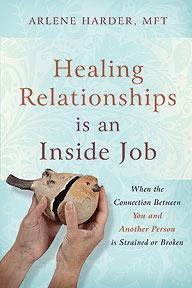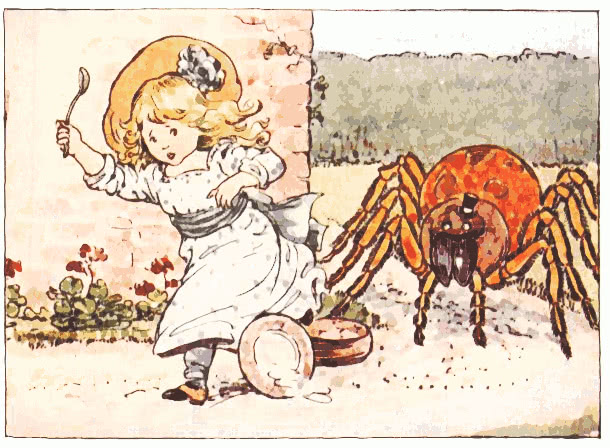Prostitutes, Virgins and Mothers has been named as a FINALIST in the category of Religion in Foreword Reviews’ 2014 INDIEFAB Book of the Year Awards. In a competition with over 1500 other entrants, we are pleased that the book has made it this far! Stay tuned…Winners will be announced at the end of June at ALA.
Each year, Foreword Reviews shines a light on a select group of indie publishers, university presses, and self-published authors whose work stands out from the crowd.
“After 17 years, our awards program has become synonymous with quality because our editors set such a high bar on the the finalist round, which makes it especially tough for the judges who select the winners,” said Victoria Sutherland, publisher of Foreword Reviews. “In every genre, our judges will find an interesting, high-quality selection of books.”
 “STAGE ONE: Recognizing that the expectations for a relationship with someone have not been met.
“STAGE ONE: Recognizing that the expectations for a relationship with someone have not been met.

 Dhiman continues:
Dhiman continues: